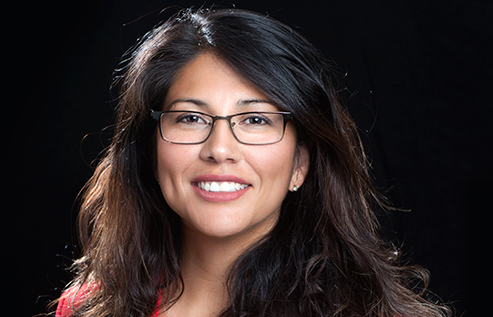Call us 713-560-7859
What is retouching and why retoucher’s work is so crucial?
The creation of the perfect picture begins with the efforts of the creative team that works on the set to achieve a common goal. Here, the stylist skillfully moves accessories to create the necessary mood, the make-up artist uses her brush to adjust the make-up, and the model moves and poses in a certain way to best represent the clothes, make-up or idea. As soon as the shooting ends, a critical work begins few people are aware of. Namely professional photo retouching.
It seems that since a large group of people work on getting the perfect shots, there's no need to retouch them.
The requirements of the modern fashion industry are ruthless even to the smallest mistakes. Incorrect lighting or color correction, lousy posing, wrong tone of blush can ruin the overall concept of the image leading to the failure of the whole photo session. Therefore, what cannot be corrected by stylists and makeup artists is done by a retoucher. Usually, professional photographers are also retouchers.
This specialist is faced with entirely different tasks, e.g., adding to or removing objects (stray hairs) from a photograph or changing the skin tone. He does not have to be on the set. After all, his primary task is to edit the footage using Adobe Photoshop.


Retouching is responsible, creative, but very painstaking work. It is a digital color correction, elimination of both small and large blemishes and distracting elements. Only the best photos get selected for the retouching.
The process of image correction is a kind of symbiosis of aesthetic taste and ways of its technical realization. Photoshop, in fact, only serves as a tool for achieving specific goals. It allows manipulating the shape, texture, and color. However, retouching is just a step towards creating an ideal picture. The task of the retoucher is to complete what was started or realize something that was impossible to achieve during the photo shoot.
History of retouching
The first photographers were also artists and, Initially, their photos were bad imitations of painting. After the picture was taken and processed, the painters, with the help of brushes and paints, drew the missing elements.
It is curious that at the end of the 19th century photo studios used the most popular methods of retouching. And this is not surprising, because elderly women with ease turned into youthful beauties, and plain-looking men - in real dandies. The non-living frozen face mask was perceived as a successful portrait. Over time, the technical means for manipulating images have changed, but the need for retouching has remained to this day.

 427 3.jpg)
What types of retouching exist?
Fast - when retouching is visible to the naked eye.
With this method, changes in the original image are evident to the general audience. It's done quickly to save time, and often the result is of average quality. The texture of the skin is not preserved but blurred to simulate a softness and smoothness.
With this method, changes in the original image are evident to the general audience. It's done quickly to save time, and often the result is of average quality. The texture of the skin is not preserved but blurred to simulate a softness and smoothness.
Deep (HI-END) - a way of creating ideal realistic images.
This type of retouch can be seen in a magazine, and it is used in professional shootings. This type of retouch is exceptional because it helps preserve the natural texture of the skin, hair, which adds the realism and naturalness to the picture. Sometimes it takes 4-6 hours to retouch one image because preference, in this case, is given to quality.
This type of retouch can be seen in a magazine, and it is used in professional shootings. This type of retouch is exceptional because it helps preserve the natural texture of the skin, hair, which adds the realism and naturalness to the picture. Sometimes it takes 4-6 hours to retouch one image because preference, in this case, is given to quality.
SUBSCRIBE FOR THIS BLOG


